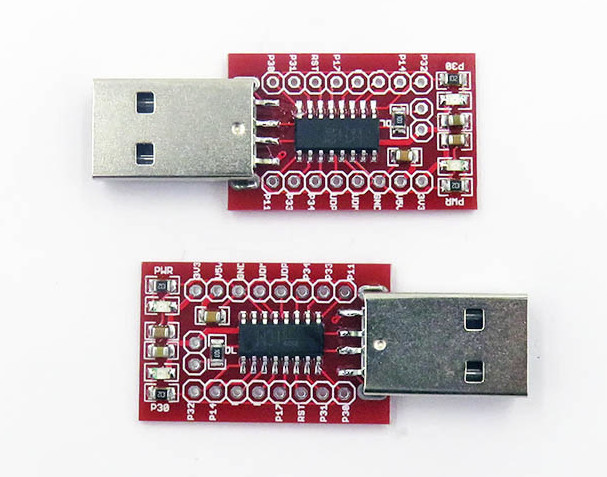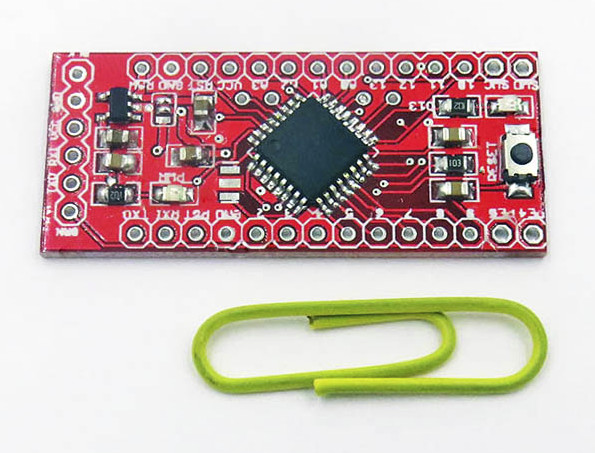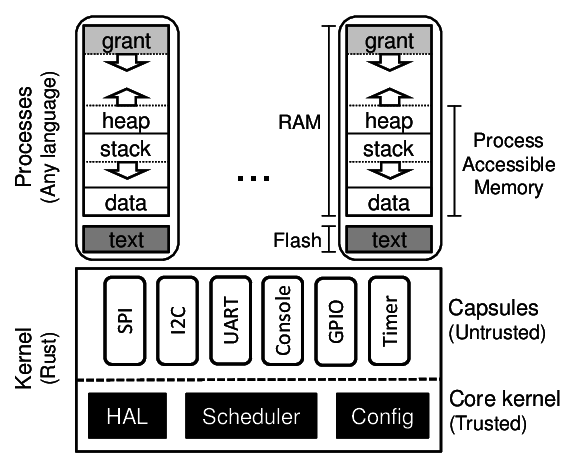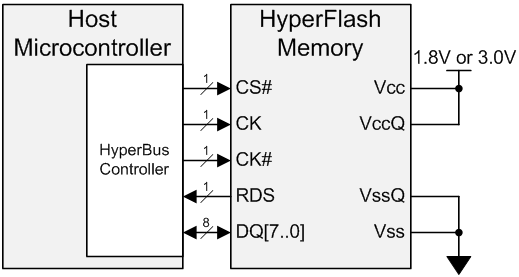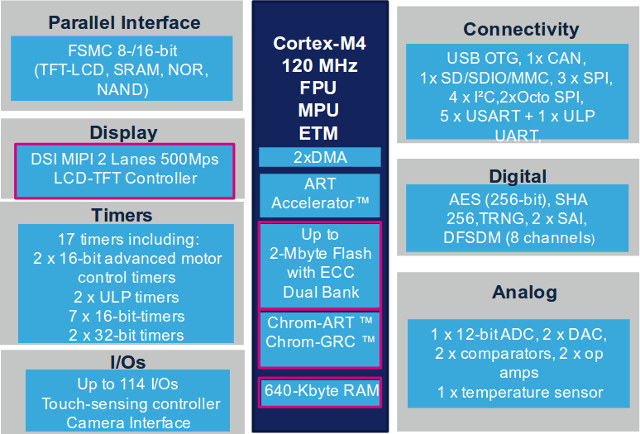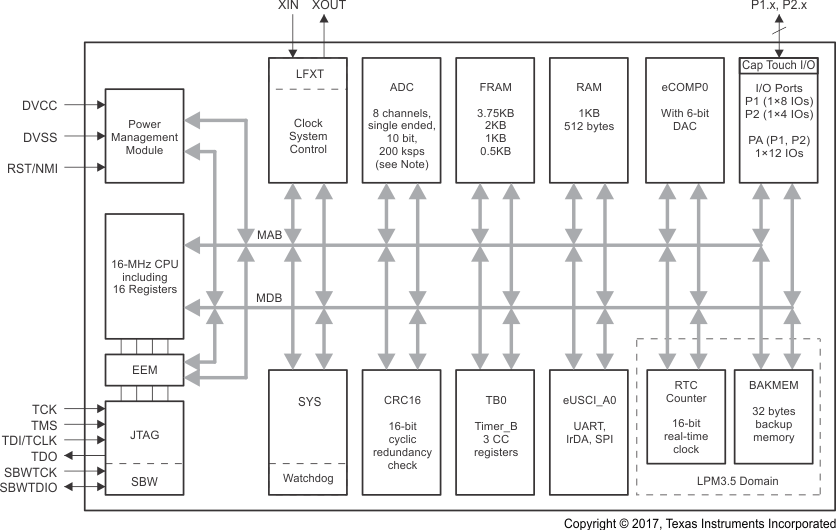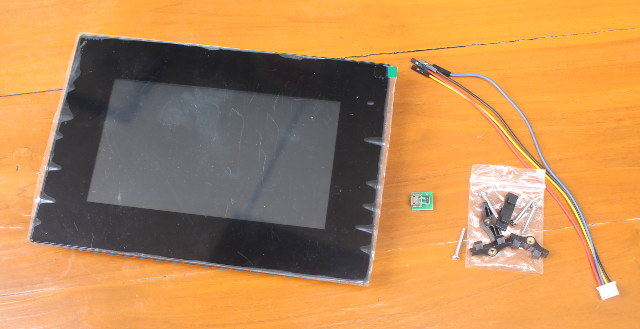Last year, Microsoft announced they were working with Mediatek on Project Sopris Secure WiFi MCU, based on Mediatek MT7687 MIPS microcontroller with 7 properties enhancing security (Hardware-based Root of Trust, failure reporting etc…). The company has now unveiled a complete secure IoT solution with Azure Sphere comprised of three main components: Azure Sphere certified secured MCUs which combine real-time and application cores with built-in Microsoft security technology and connectivity. The first compatible MCU will be Mediatek MT3620, which differs from MIPS based Project Sopris, as it features one Cortex A7 and two Cortex M4 cores as well as WiFi connectivity. Azure Sphere OS that provides four layers on top of the hardware: security monitor, custom Linux kernel, on-chip connectivity services to Azure Sphere Security Service, and app containers for computer (A7 core) or/and real-time I/Os (M4 cores). Azure Sphere Security Service, a secure cloud service for Azure Sphere device that […]
$1.80 CH551 Mini Development Board Features 8-bit C51 Core, USB Interface, and I/Os
Last year, WCH (Nanjing QinHeng Corp.)’s launched a CH55x family of microcontroller based on an 8-bit C51 core with a USB interface, and extra I/Os depending on the selected part number Electrodragon is now listing a tiny USB development board based on CH551 for $1.80, and the chip itself sells for as low as 1.60 RMB (0.25 USD) on Taobao. Specifications: MCU – WCH CH551 8-bit C51 micro-controller USB – 1x USB type A port I/Os – 18 through holes exposing all I/Os from the MCU including GPIOs, USB, 3.3V, 5V GND Misc – On-board power led, user LED (P3.0) Power – 5V via USB port (or pin?) You won’t need an external hardware – such as a USB to TTL board – to program the boards since the MCU supports USB. To enter into programming mode, short connect the two pins in the middle of the board (DL) with […]
$1.40 EDMINI Development Board Features LogicGreen LGT8F328P MCU Compatible with ATMega328P/Arduino
Arduino compatible boards are normally using Microphip Atmel microcontrollers, but as we’ve see with GD32 clone of STM32 MCU, some companies are making MCU clones too, usually with some improvements, and LogicGreen designed LGT8F328P micro-controller (mostly) compatible with Atmel ATMega328P micro-controller and adding features such as DAC output, PWM specific features, a computing accelerator (DSC), and others. The MCU also runs at double the clock speed (32 MHz). I found out about the new MCU via Electrodragon selling EDMINI Arduino compatible development board based on LGT8F328P micro-controller for $1.40. The board looks to be a clone of Arduino Pro Mini. Main specifications for EDMINI board: MCU – LogicGreen 8F328 (LGT8F328P) MCU – 99% compatible with ATMEGA328P MCU Expansion – Same pins as Arduino Pro Mini plus SWD/SWC pins, PE4/PE5 pins Misc – On-board power LED, D13 LED, reset button Power Supply – 5V RAW as VCC directly in; regulated 3.3V […]
Tock Open Source OS for Secure IoT Systems Runs on Arm Cortex-M Microcontrollers
We already have a fair share of open source operating systems running on Arm Cortex-M microcontrollers with FreeRTOS, mbed OS, Zephyr OS, RIOT, and many others. Earlier this morning, as I wrote about the Embedded Linux and IoT Summit 2018, I discovered you can now also add Tock to the list, with the operating system specifically designed for (secure) IoT on Arm Cortex-M MCUs. According to the abstract, Tock aims to enable more secure and extensible IoT systems by using a language sandbox and hardware enforced mechanism to isolate third-party and other untrusted code in the system. The operating systems is comprised of three components: A trusted core kernel written in Rust language with a HAL, scheduler and platform-specific configuration Capsules compiled with the kernel and use Rust’s type and module systems for safety; typically used for drivers & virtualization layers User-space processes using the MPU for hardware protection at runtime; […]
Octo SPI / HyperBus Interface is Designed for High Speed Serial Flash, RAM, and MCP
So far, if you needed high speed storage with low pin count in your MCU based board, you could use QSPI (Quad SPI) NOR flash, but earlier this month I wrote about STM32L4+ MCU family, which added two Octo SPI interfaces. I had never heard about Octo SPI previously. Those two interfaces can be used with single, dual, quad, or octal SPI compatible serial flash or RAM, and support a frequency of up to 86 MHz for Octal SPI memories in STM32L4+ MCU. STMicro OctoSPI interface also supports Cypress/Spansion Hyperbus mode to connect to HyperFlash or HyperRAM chip, or even HyperFlash + HyperRAM Multi-Chip packages (MCP), and variable or fixed external memory latency as defined by the Hyperbus protocol specification. The latter reveals Hyperbus supports performance up to 400 MB/s (provided the controller support 200 MHz), and relies on either 11 bus signals using 3.0V I/O (Single-ended clock CK), or […]
STMicro Introduces Ultra-efficient STM32L4+ Series MCUs with Better Performance, Chrom-GRC Graphics Controller
STMicroelectronics has announced an upgrade to their STM32L4 series Cortex-M4 micro-controllers with STM32L4+ series upping the maximum frequency from 80 MHz to 120 MHz delivering up to 150 DMIPS (233 ULPMark-CP) , and ultra low power consumption as long as 33 nA in shutdown mode without RTC. The new family also adds Chrom-GRC graphics controller (GFXMMU) that can handle both circular and square TFT LCD displays together with a MIPI DSI interface and displayer controller, making it ideal for wearables, Chrom-ART 2D accelerator for better graphics performance, two Octo SPI interfaces, and more memory (640KB max) and storage (up to 2MB flash). If you want to know all differences between STM32L4 and STM32L4+, and/or learn how to use peripherals, STMicro has setup a nice free STM32L4+ online training page, which allow you to do just that either by downloading PDF documents, or following e-Presentations with slides and audio. STM32L4+ appears […]
Texas Instruments MSP430 Value Line Sensing MCUs Sell for 25 Cents and Up
Texas Instruments MSP430 16-bit mixed signal microcontroller has been around since at least 2004, and the last time I played with the MCU was with eZ430-Chronos wireless watch development kit in 2011. Over the years, the company has added more parts to its MSP430 MCU portfolio, and they recently added two new MSP430 Value Line Sensing MCUs that offer up to 25 functions (timers, I/Os, reset controller, EEPROM…) for as low as 25 cents, as well as a new MSP430FR2433 LaunchPad development kit . MSP430FR2000 and MSP430FR2100 MCUs have the same features set, except for the memory (512 vs 1024 bytes): 16-Bit RISC Architecture up to 16 MHz Memory / Storage MSP430FR2000 (new) – 0.5KB of Program Ferroelectric RAM (FRAM) + 512 Bytes of RAM MSP430FR2100 (new) – 1KB of Program FRAM + 512 Bytes of RAM MSP430FR2111 – 3.75KB of Program FRAM + 1KB of RAM MSP430FR2110 – 2KB of Program FRAM + 1KB of RAM Supply Voltage […]
Giveaway Week – Nextion Enhanced 7″ Capacitive Display
My Nextion Enhanced NX8048K070 display will soon find a new home. The 7″ display comes with a capacitive touchscreen, an enclosure, and can work in standalone mode thanks to a built-in processor and a 8-pin FPC connector for I/Os, or connected to a micro-controller through a UART interface. I did a mini review of the display, mostly showing a teardown, and how to use Nextion Display Editor Windows-only tool to design your own user interface. The GPIOs are not really convenient to use with the required flat cable, and the company did not send me their $5 IO board, which would have made things easier. Learning curve may be a little sharper than needed as I’ve not found the Windows software to be very user-friendly, and documentation could be improved too. I’ll give the display with enclosure, micro USB power board, and UART cable as shown on the first photo. […]



